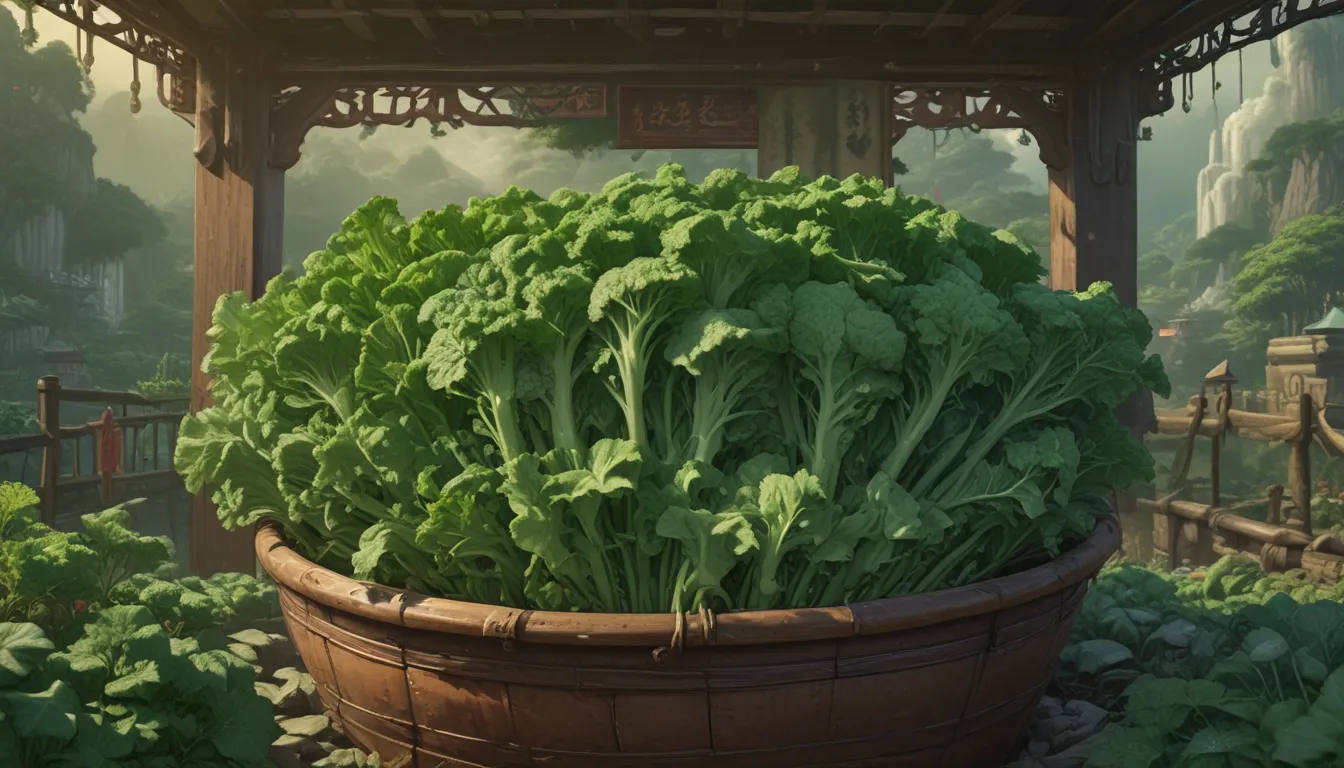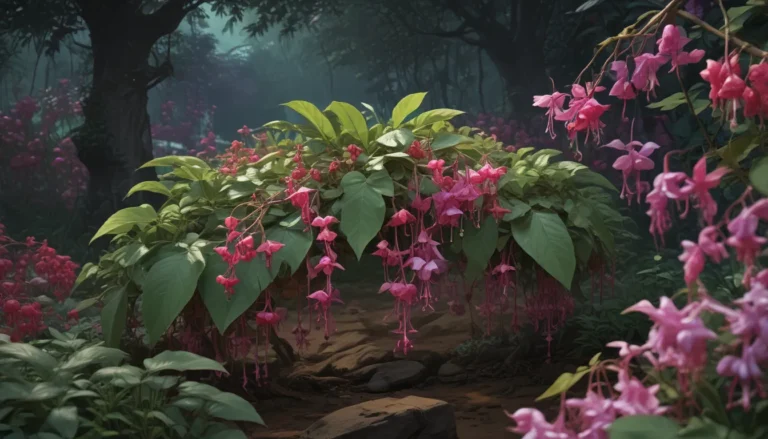Everything You Need to Know About Growing and Using Chinese Broccoli

Are you a fan of broccoli and kale? Then you will definitely love learning how to grow Chinese broccoli, also known as gai lan, kailaan, or Chinese kale.
This delicious vegetable is easy to grow, and you can harvest the leaves, florets, and stalks all at once, making it a versatile addition to your garden.
What Is Chinese Broccoli?
Chinese broccoli is a perennial leafy green that is typically grown as an annual. It belongs to the brassica family and is similar in appearance and flavor to broccoli, with a slightly more bitter taste.
The plant has a central fleshy stalk, flat and glossy blue-green leaves, and small florets that emerge from the center. All parts of the plant are edible, and it is often used in Chinese cuisine as a wilted greens side dish.
Cultivation and History
Gai lan is a popular vegetable in China and Southeast Asia, where it is commonly consumed. It is believed to have been developed through cultivation over time, originating from cole crops brought to Asia by early Portuguese explorers.
This vegetable is rich in essential nutrients such as vitamins A, C, and K, as well as minerals like potassium, calcium, and magnesium, which support the immune system and eye health.
Propagation
Chinese broccoli can be easily grown from seed and is best planted in spring. Seeds can be sown directly in a garden bed that has been amended with compost. Alternatively, you can start seeds indoors in trays and transplant them once they are a few inches tall.
It is recommended to sow seeds directly in the garden to prevent premature bolting. Plant seeds a quarter-inch deep in rows and thin seedlings to four to six inches apart. The plant is a cut-and-come-again crop, so you can sow seeds every few weeks for a continuous harvest.
How to Grow
To grow Chinese broccoli successfully, find a location in your garden that receives full sun or part shade. The plant thrives in well-draining, sandy loam soil with a pH between 6.0 and 6.8. Keep the soil evenly moist and provide one inch of water per week.
Mulching around the base of the plants can help retain water and prevent early bolting. Additionally, side-dress with compost or use a foliar spray of organic fertilizer to promote healthy growth.
Chinese broccoli can also be grown in containers. Plant seeds in a pot at least six inches wide and deep, and provide adequate care and sunlight.
Managing Pests and Disease
Like other brassicas, Chinese broccoli is susceptible to various pests and diseases. Common pests include aphids, cabbage loopers, cutworms, and slugs. Regular monitoring and preventative measures can help control infestations.
Diseases such as bacterial leaf spot, soft rot, club root, damping off, and downy mildew can affect Chinese broccoli plants. Proper crop rotation, good air circulation, and avoiding overhead watering can help prevent most infections.
Harvesting
Chinese broccoli can be harvested around 60 days after planting. Harvest the leaves, florets, and stalks when they are young for the best flavor. You can begin picking when the florets emerge from the center stalk, just before the flowers open.
Cut the stem along with the floret and leaves, leaving a few inches of stem attached to encourage side shoots to develop. The entire plant can also be harvested by cutting the stem at the base.
Preserving
To preserve Chinese broccoli, refrigerate it immediately after harvesting. Store it in the fridge for up to five days in a plastic bag. You can also freeze the vegetable by blanching it in boiling water and then flash freezing the pieces on a baking sheet.
Recipes and Cooking Ideas
Chinese broccoli has a sweet and slightly bitter flavor, making it a versatile ingredient in various dishes. It can be eaten raw in salads or cooked by steaming, boiling, or stir-frying. The vegetable pairs well with oyster sauce and is often used in Asian stir-fries.
Quick Reference Growing Guide
- Plant Type: Perennial vegetable grown as annual
- Hardiness (USDA Zone): 2-10
- Exposure: Full sun-part shade
- Time to Maturity: 60 days
- Spacing: 6 inches
- Water Needs: Low to moderate
- Common Pests and Disease: Aphids, cabbage loopers, cutworms, slugs, snails; bacterial leaf spot, bacterial soft rot, club root, damping off, downy mildew
No Part Wasted
Chinese broccoli is a delicious and nutritious vegetable that offers many benefits to your garden and your plate. From its flavorful leaves to its tasty florets, this plant has so much to offer. Share your experiences and recipes in the comments below!
If you enjoyed learning about Chinese broccoli, be sure to explore other cole crops such as broccoli rabe and broccolini. These versatile vegetables can add variety and flavor to your garden and your meals.





